 Don Vito living the life Don Vito living the life Each year in May in my cellar under their grow lights are a couple of dozen young tomato plants, nearly ready to be planted out in my vegetable beds (within two weeks, after fear of frost is gone in my Zone 6a garden). My mind always fills with thoughts of tomatoes in this time of year... and hopes that there will be a good yield for our little famiglia... If I say, "tomato sauce" you think of Italian food, right? If I say "home grown tomatoes" you might think of Vito Corleone playing with his grandson in his garden in that final scene of his life. If I say "pizza" you picture a round crust with cheese and tomato sauce. Some Italians claim that the tomato's red color represents Il Tricolore (the tricolor flag of Italy): green for the hills of Italy, white for the snow capped mountains, and red for the blood spilled from the wars of independence. Still, those of us in la cucina Italiana would argue that the green is for pesto, the white for besciamella and the red for salsa pomodoro found in tri-color lasagna... or that the flag represents the simple but wonderful insalata caprese: green for basil, white for mozzarella, and the red for sweet, ripe tomatoes. In any case, you might say the red in Il Tricolore represent the true blood of Italy--the tomato. 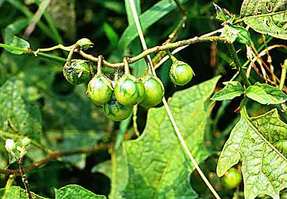 Wild tomato of Peru Wild tomato of Peru But how did the tomato become such a strong part of Italian culture? It is not indigenous to Italy, or Europe for that matter. The tomato was first "discovered" by the Spanish Conquistadors while exploring and then conquering the Americas. The tomato most likely originated in the Andes mountains of Peru and spread sometime in the distant past to most parts of South and Central America and eventually on up to Mexico. The odd thing is that the tomato became popular in Europe long before it came to be used in North America. Colonial Americans thought of the tomato as a poisonous plant, after all, it's a close cousin or Nightshade, a well know toxic vine, and in fact, the leaves and vines of the tomato plant are fairly toxic. The 1500s came with Columbus and other explorers introducing the tomato to Europe, but there was about 200 years of skepticism before the tomato gained acceptance there--again, it was thought one touch of a tomato on the lips would kill you. Growing Popularity One likely catalyst for its popularity in Europe--especially with the wealthy and elite--was the rumor of the tomato as an aphrodisiac. The general population more than likely heard about this new fruit and saw that the Barons behind the castle walls were flourishing, not falling down dead. One can imagine that the trash middens where refuse from the castles, chateaus and villas were thrown became a great source of distribution for the tomato plant--everyone knows that tomatoes are very prolific--their seeds can spring up anywhere. Little by little, the peasants discovered gnarly vines growing wild with attractive red or yellow fruits were attracting wild life. "Why not give them a try? The birds, squirrels and rabbits aren't dying, after all." Presto... a free, easily grown source of vitamins and amazing flavor. It was easy to save seeds and properly cultivate a very large harvest from even a modest number of plants. The word tomato is derived from the Aztec word xitomatl, which when it got to Europe was shortened to tomatl. The French originally called the tomato, pomme d’amour (love apple) before calling simply la tomate. Perhaps they changed the name when the aphrodisiac claims failed to have any effect. In Italy it was pomi d’oro (golden apple) which today becomes il pomodoro. Tomatoes do come in a wide variety of colors, including golden yellow, purple, near black and green. Along with tomatoes, tomatillos also came from the Americas--many of which are also yellow. In Italy, the tomato more than likely prospered because of its near-tropical climate. The tomato can be grown all year long in tropical temperatures. Tomatoes in La Cucina The first time the pomi d'oro is mentioned by name in Italy was in 1548 in Tuscany. As far back as 1692, tomatoes were used as ingredients in a cookbook from Naples, but the author obviously copied details from Spanish recipes. It makes sense the Spanish had tomatoes first, after all, they backed Columbus's explorations--even though he was an Italian. In this way, Spaniards actually led the way, "teaching" Italians to fry tomatoes up with eggplant, squash and onions, and used the dish as a condiment on bread and with meats. The cuisine of Southern Italian peasants, who often lacked meats and other proteins on a regular basis, developed into a mostly vegetarian diet in which tomatoes and olive oil, spices and vegetables were and eaten with bread, rice or polenta.  Jefferson knew a good thing when he tasted it Jefferson knew a good thing when he tasted it It took another 200 years for the tomato to become the national treasure is it today, but by the late 1700s, the peasants of Naples began to put tomatoes on top of their flat breads, creating something very close to the modern pizza. It gained popularity, especially with the elite of Europe and America taking the Grand Tour, and soon pizza attracted tourists to Naples, tempting them into the poor areas of the city to sample the new treat. Pizza was born. Soon after taking a Grand Tour himself, Thomas Jefferson, being an expert farmer and a culinary expert, brought tomato seeds back from Europe. He grew, cooked and wrote about the tomato. Slow but sure, people took notice of this special fruit. In the same time period we find the first recorded evidence of tomatoes used in sauces and preserved condiments and pastes. In the 1800s, in Naples a recipe was written about-- pasta al pomodoro, the very first mention of tomatoes being married to pasta. Pizza Margherita In 1889, after Italy became one nation, the King and Queen of Italy found it necessary to visit the former kingdom of Naples to appease the citizenry who disliked their loss of independence. Queen Margherita was bored with the same old French cuisine that they were eating everywhere they went--as was the custom in all of Europe. She called for the most famous pizza-maker in Naples, Raffaele Esposito, and commanded that he make pizza for her. He brought three types: pizza marinara with garlic, pizza Napoli with anchovies and a third with tomato sauce, mozzarella and basil leaves. She fell in love with the third one and Esposito named it after her-- Pizza Margherita. A short time later, the Queen sent her emissary with a thank-you note, which still today hangs on the wall of Pizzeria Brandi, run by his descendants. Pizza--with tomato sauce--was to become more popular than ever after the Queen's royal recommendation--the equivalent to Royal Yelp nowadays. The Immigrant Tomato If anything, emigration to the United States did more to increase the popularity of the tomato than anything else in history. Because of the climate in Italy, tomatoes became a big crop, even small farmers produced an excess of the sweet fruits. A need developed to preserve them, and to create new markets. The only foods that may be safely canned in an ordinary boiling water bath are highly acidic ones--coincidentally, tomatoes are naturally high in acid. Sun drying tomatoes and storing them in olive oil was also a proven way to preserve large stores of tomatoes, as long as no fresh herbs or garlic were added, this was a safe method with a long shelf life. During the mid-1800s the science of canning started to develop and improve, allowing this new cash crop to find its way to distant markets. By the end of the 19th century Italians were already using tomatoes in their recipes and as a condiment. When Italians emigrated to America, they wanted to have products that reminded them of home... canned tomatoes filled that need, along with olive oil and other specialty imports. Italians at home and expats in American developed import-export businesses to give relatives and other their compagni jobs based on their new found wealth in America. In Italy, exporting companies were popping up, especially in the Naples area. By the time World War I rolled around, even the Italian Army experimented with canned ravioli, spaghetti alla bolognese and Pasta e fagioli, the inclusion of acidic tomatoes in the recipes aided in the cans' shelf life. Italian grocery stores stocked these products in Little Italy neighborhoods in New York, Philadelphia, Chicago, Boston and New Orleans. So, with the advent of this international distribution of peeled tomatoes (pelati), the ancient fruit finally came back to the Americas... not via its neighbor, Mexico, but the long way around, through Italy and Europe.
When growing tomatoes at home, you have to know if your variety is "determinate" or "indeterminate". The first grows and produces tomatoes only to a set height and then stops producing. The latter keeps on growing and producing fruit as long as the season is warm and long enough. Determinate varieties will be short, while indeterminate plants can grow to be 8 feet or more tall, so build appropriate supports--short tomato cages won't do. You will also select either heirloom or hybridized seeds. Only heirloom seeds can be saved... when planted each year, they will produce the same variety each successive season. I save seeds from the biggest and best tasting of my heirloom varieties, and each new season I welcome their descendants as old friends. 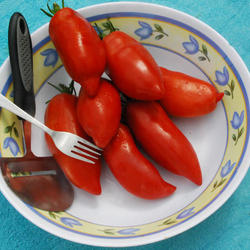 I grow Jersey Devil, a much sweeter, less acidic paste tomato I grow Jersey Devil, a much sweeter, less acidic paste tomato The best known tomato for canning became a plum shaped variety grown in the San Marzano region, near Naples on the fertile slopes of Mount Vesuvius. It's no small coincidence that this is in Southern Italy, where 80% of Italian immigrants came from. San Marzano became the go-to tomato for canning over 120 years ago, and is still the primary tomato used in canned tomatoes--and even for the production of sun dried tomatoes. The San Marzano tomato even has DOP protected status by the European Union (look for their seal on a can to make sure they are the real deal). The first Italian cannery was built in 1875 by Francesco Cirio, an early supporter of the San Marzano tomato. His company picked, peeled, packed and shipped canned tomatoes all throughout Italy--and later to America. The reason for it's success is not because it's the best tasting tomato... it's simply because it was developed and hybridized from three other varieties which made it withstand mechanical harvesting techniques put in place in the late 1800s to satisfy the needs of the growing canning industry. Sort of takes the romance out of thinking the San Marzano is "the best" Italian tomato, doesn't it? No great loss. Truth be told, the San Marzano is so acidic that all great Italian chefs know it needs a handful of sugar to offset the overly high acidic content. Lucas and I had an "artisanal pizza" once in a town near us where the pizza chef swore he used nothing but "the best San Marzano" imported tomatoes as his sauce. I could tell. By the end of the meal our lips were burning. For some really sweet tomatoes, think Heirloom... Growing Your Own Heirloom Tomatoes It's fairly easy to grow tomatoes from seed, but a simpler way to get started growing the amazing variety of tastes is to buy heirloom plants in the spring at your local nurseries. Stay away from anything labeled "hybrid". You cannot save seeds from a hybrid tomato--it won't look anything like the mother fruit you took the seed from. Many garden centers nowadays offer Heirloom varieties that you can plant and get a head start on, with the benefit of saving seeds from your biggest and best tasting fruits so you can continue to grow them again year after year. Growing heirloom tomatoes can become part of your family heritage. If you purchase young heirloom plants, buy and plant them just after the danger of frost in your location. Here's a LINK to help you find out the best time for planting based on your zip code in the U.S.. Now, how to plant... First, make sure you are planting in ground that is tilled nice and fluffy. Make sure you have amended it with some nice organics... I like a mix of peat moss (to hold moisture) and compost from my own compost pile. You can buy compost to use. Stay away from fresh manures... they will burn the plants. You can use any number of organic or non-organic plant foods that have chemicals balanced for growing vegetables that grow fruits. As for planting, here's a great tip. Tomatoes will grow roots all along their stems if you let them. With young seedlings, pull off the lower leaves and plant deeply. If I have 12" tall plants, I'll plant them with about 2/3 under ground. This gives them a better start--allowing more roots to grow which will supply more nutrients to your plants--and fruits. I grow my tomatoes upwards onto "quad-pods"--sort of like a four legged tripod. You can make them out of wood or bamboo. As the plants grow, trip off side suckers that grow in the crotch of some leaf joints and tie off the plants to your supports. I plant one tomato plant per corner of my quad-pods. With heirlooms, you can try yellow, purple, black, pink, red or even striped varieties. My best all around tasting tomato is called Eva Purple ball--a 3" pink, perfect, pest free tomato. My best beefsteak for taste is Giant Belgium. And I love growing Olivette Juane (a prolific yellow pear shape) and Jersey Devil (a horned, chili pepper shaped sauce tomato). Harvest in the mornings for best flavor. As your fruits come close to ripeness, hold back a bit on watering so you don't dilute the flavors. Seed-Saving With heirlooms, label them carefully if you plan to save seeds. Save seeds from your biggest, most blemish free fruits... their genetics will ensure you get a good strain of seeds for next year. Put the seeds in a plastic cup with water and label the cup as to variety, weight of fruit and any other notes about how they performed in your garden (robust plants, bountiful harvest, pest resistant, blight resistant, etc). Place a damp paper towel scrap over the top of the cup and set aside for 1 week. The seeds will ferment and all the smile will be removed from the seeds. After a week or so, rise the seeds carefully, replacing with clean water as you go, until there are only clean seeds in the cup. Remove the seeds from the water and place into labeled coffee filters and set somewhere to dry. Package in paper coin envelopes with their names and notes. You can start your seeds next season about 6-8 weeks before your last frost, indoors, under artificial lights in seed starting trays and pots. I tend to use two sizes during seed starting... a small seed "pack" size pot made out of peat or compressed paper products... and then I transplant deeper into 4" plastic pots. I set them outside in a protected area to "harden off" to temperature and wind before planting them in my garden beds. 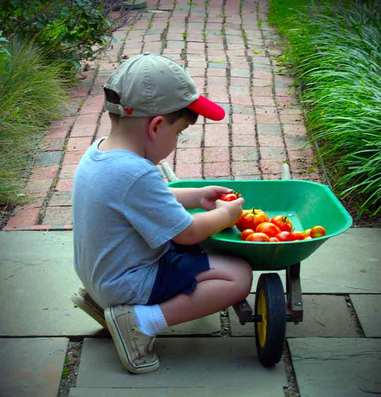 Lucas at 5 years old with his morning harvest Lucas at 5 years old with his morning harvest I hope this gives you a better insight on the long, special voyage the Tomato has made... from the Andes mountains, across the sea to Spain, Italy and the rest of Europe, then back to the United States with the influx of Italian Immigrants. The tomato is alive and well all over the world, but especially in Italy. They've adopted this little nightshade fruit and made it their own... --Jerry Finzi Resources: Annies Heirloom Seeds Heirloomseeds.com Seedsavers Exchange Growing Heirloom Tomatoes in Pots Old House Journal Article: How to Grow Heirloom Tomatoes Please, stop by our SURVEY and spend 60 seconds telling us how we could make our blog better! Grazie! You can also follow Grand Voyage Italy on: Google+ StumbleUpon Tumblr Copyright, Jerry Finzi, Grand Voyage Italy, All rights reserved
0 Comments
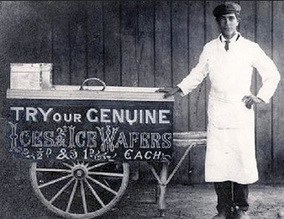 Congelato is the Italian word for frozen. Freddo means cold (sort of the way Don Michael Corleone felt toward his brother, Fredo). Freddo is the way Italians feel all the time, even in when it's warm out. It's a puzzle and a wonder that they have embraced something so cold and frozen as gelato. If you travel to Italy in summer--you--as an American, are going to want to do anything you can to keep cool. Not that Italians want this. They are always cold anyway. Italian air conditioning isn't really cold by American standards, either. Let's just say most Americans will get pretty heated on this subject. Even in the winter, temperatures can be mild to warm for American travelers, while Italians get out their scarves and puffy jackets in early September. But wait... I think I get it! Perhaps they are always wearing puffy jackets and scarves simply because they eat SO MUCH gelato each and every day, sometimes more than once a day. And, unlike in the States, where ice cream shops close down during winter, in Italy, the gelaterie are open all year long! Perhaos this lowers the core body temperature of Italians! Ah-HA! I think I've discovered something here. Maybe that's the difference--we can take the cold weather more, simply because we don't eat as much ice cream in the cold months as Italians do. Perhaps the reason gelateria suddenly offer cioccolato caldo in winter is so Italians can bring their core body temperature back up toward normal after having a winter gelato treat! (By the way... cioccolato caldo is amazing in Italy... made from real melted chocolate). So, what frozen treats await the traveler in Italy? I'll get into the types of frozen treats Italy has to offer, but first a little... History of Ice Cream 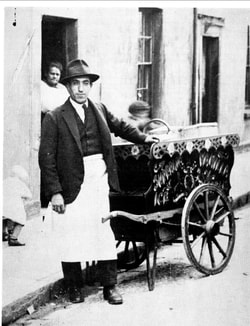 Italian Ice Cream Vendor in Wales. Italian Ice Cream Vendor in Wales. Believe it or not, Americans have been eating ice cream since the 1740s, and flavored icy treats were in many cultures dating back over a thousand years. Many of the Italian immigrants arriving at Ellis Island were already well aware of the pleasures of ice cream... or gelato, as they called it. Perhaps knowing this, officials at Ellis Island started serving immigrants ice cream because they thought it was "an efficient method for making our future citizens more at home in their new environment.” Of course, to Italians, the cold treat was nothing new. Iced desserts actually date back over a thousand years (even in ancient Rome) and they are common in many cultures. The history of gelato dates back to frozen desserts in Sicily, ancient Rome and Egypt (part of the Roman Empire in 30 BC) made from snow and ice brought down from the volcanoes Etna and Vesuvius, and covered with honey or fruit juices. Some stories claim that Nero, the Roman Emperor, invented a type of sorbet in the first century AD by having runners along the Appian Way pass buckets of snow--relay race style--from the mountains to his palace, where it was flavored with honey and wine. During the Italian Renaissance, the great history of modern Italian gelato really began to take off. The Florentine Medici family held a contest for the best frozen dessert. A peasant named Ruggeri, a chicken farmer and amateur chef, took part in the competition, creating a dessert of fruit juice and ice--similar to sorbet. Ruggieri won the competition which immediately brought him fortune and fame after Caterina de Medici took him with her to France. Caterina was using him to shame the over-inflated egos of the French chefs serving the French court and prove that Florentines made the best desserts. In fact, Ruggieri, made his creation for Caterina on her wedding day when she married the future King Henry II of France. Later in the 1500s, the Medici commissioned artist and architect Bernardo Buontalenti to create a culinary event for the King of Spain. Buontalenti came up with a creamy frozen dessert that we now call gelato. Because of this, many consider Buontalenti as the inventor of the gelato we enjoy today. (Another great Italian innovator!) In 1686 the Sicilian fisherman Francesco Procopio dei Coltelli perfected the world's first first ice cream making machine--and no, it didn't plug in. (Italians invented a lot!) Coltelli's fame made him a rich man and he soon opened an incredibly successful cafe in Paris where his creamy gelato gained a wide-spread reputation. However, it wasn't until the 1920s and 1930s, when the first gelato cart was developed in the northern Italian city of Varese (take that, Good Humor), that gelato started to become popular with more and more people in Italy itself. In 1770, just before the American Revolution, Giovanni Basiolo brought gelato to New York. He brought two kinds of of gelato-- one made by blending milk with coffee, chocolate, or pistachio, and another made with water and fruits. In 1846, the hand cranked ice cream machine was perfected and made the velvety and creamy dessert simple, yet fatiguing to produce. Types of Frozen Delights 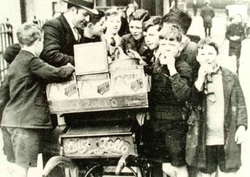 During the 1900s, the advance of technology helped ice cream become even more widespread--and in all seasons of the year. The introduction of ice houses, faster shipping, and horse-drawn ice cutters led to a drop in the price of ice. This led to a huge market for ice production and distribution. In America, the ice storage houses shut down and people no longer harvested ice from frozen ponds in the winter months. Many people could finally afford iced treats during the hot summer months and by the 1840s, ice cream was being sold on the streets of both Europe and America. Italians immigrants are credited with creation of ice cream and they became strongly associated with the production and selling of ice cream in both Europe and America. In England, where Italians emigrated in large numbers after 1860, the selling of ice cream was seen as a predominantly Italian occupation, with immigrants from Rome and Naples owning most of the ice cream carts. In fact, the Italians were responsible in exporting ice cream vendors in many European counties and to America. So, Italians not only brought us pizza and pasta, but ice cream as well! 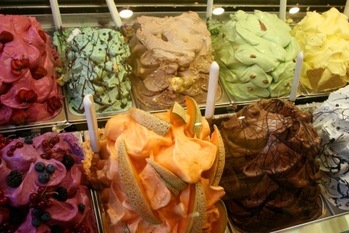 Semifreddo Semifreddo translates as semi-cold. You will find this light and mousse-like ice cream in the gelateria also. Even though it's lighter and softer it's actually colder. Although fine in a cup, if you order semifreddo in a cone it will melt a lot faster than gelato. You'll know it's semifreddo because it is usually mounded very high in the tub... much more so than gelato.  Gelato This is what everyone thinks of when they think of Italian ice cream. Gelato (plural, gelati) is the Italian word for ice cream, coming from the Latin word for frozen, gelatus. Gelato can be made with milk, cream, various sugars, and flavoring such as fresh fruit and nut purees. It is often made with skim milk and is generally lower in calories, fat and sugar than American style ice cream. Typically, gelato—like any other ice cream—needs a stabilizing base. Egg yolks are used in yellow custard-based gelato flavors, including zabaione (also, zabaglione) and crema al caramello (creme caramel). Over 55% of the gelato made in Italy is hand-mixed. There is an enormous variety of flavors. You will often find a gelato shop open during lunchtime, when other shops and even restaurants are closed. So, if you're hungry and need fuel, your choices are going to a bar (more like a breakfast/lunch bar) where many also have gelato, or go to a gelateria! The same goes for the end of the day. Most restaurants don't open until 7:30 - 8:00 pm at night, so feel free to let the kids have a gelato to hold them over at around 5 o'clock. The servings are usually smaller than Americans are used to and your kids won't get too filled up before dinner. You can order gelato in a small cone or in a cup... but there's a bit more to know. First, you tell the cassiere (cashier) what you want (how many cones or cups, how many flavors) then you pay for it. The cassiere will give you a receipt. Then you take your receipt over to the person scooping the gelato (they are usually, but not always, two different people). Now you can ask for either a cup (coppa, coppe for plural) or cone (cono, coni for plural). You can also tell them "piccolo" for small "grande" for large. For mixing flavors try, "mezzo _____ e mezzo ____" for "half chocolate and half vanilla" or whatever flavors you want to try. It's normal to ask for two flavors in a single cup. So, it might go like this... "Una piccolo cuppa... mezzo cioccolato, mezzo coco.... e due coni con crema". (One small cup, half chocolate, half coconut... and two cones with custard cream). I'll go over some flavor names: Chocolates
Miscellaneous
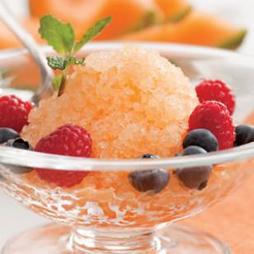 Granita Granita (or granita Siciliana) is a semi-frozen dessert made from sugar, water and various flavorings. Originally from Sicily, it is available all over Italy in somewhat different forms. It is related to sorbet and Italian ice; however, in most of Sicily, it has a coarser, more crystalline texture. The texture can vary from town to town, even across the island of Sicily. This is largely the result of different freezing techniques: the smoother types are produced in a gelato machine, while the coarser varieties are frozen with only occasional agitation, then scraped or shaved to produce separated crystals. Although its texture varies from coarse to smooth, it is always different from the one of an ice cream which is creamier, and from the one of a sorbet, which is more compact; this makes granita distinct and unique.  Shakerato It makes sense that the Italians would invent a most exquisite coffee drink for the summer. It's a shaken-over-ice, slightly sweetened espresso called shakerato, served in a stemmed glass, prepared in bars all over the county. The shaking process yields a thick crema that floats on the espresso. In Italy, ice is viewed with suspicion, and you'd never be served a tall glass of coffee over lots of ice, the way iced coffee is in the U.S. Italians think that would cause a serious stomach ache. Make your own:
Shake the hot espresso, ice, and sugar syrup energetically until ice is almost completely melted--you'll know by the sound of the cubes. Strain into a stemmed glass. Don't try to make more than two or three at a time.  Biscuit Tortoni Biscuit Tortoni is an ice cream made with eggs and egg whites, along with heavy cream, often containing chopped cherries or topped with minced almonds or crumbled macaroons. It is believed to be named after an Italian café owner in Paris in the 18th century. I remember this cold treat from my childhood--every really good Italian restaurant offered either spumoni or tortoni for dessert, and tortoni was my personal favorite. The almond flavor in tortoni is the star. 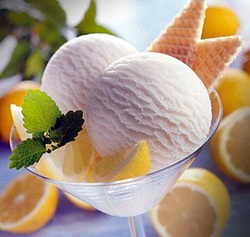 Sorbetto Sorbetto (sorbet in English) is a frozen dessert made from a simple syrup for sweetening, water and flavored with fruit juice, fruit purée, fruit nectar, wine, or liqueur. Unlike gelato or ice cream, it never contains milk or cream. Although considered a low fat alternative to gelato, the additional sweetness can itself add calories. Some think that sorbetto is exactly like sherbet as Americans know it. It isn't... sherbet contains dairy products. 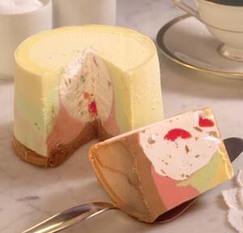 Spumone Spumoni is an Italian dessert made of layers of gelato, whipped cream, candied fruit, and nuts. In America it's spelled spumoni. It contains different layers of flavors and ingredients. In traditional style, it is made in three layers: chocolate, pistachio, and cherry. The chocolate layer would contain bits of chocolate shavings or crushed hazelnuts. The pistachio layer always includes crushed pistachios. The cherry layer has candied cherries in it. It is also made with other fruit layers.  Grattachecca Grattachecca literally translates as scratchy. It is a frozen street treat popular in Rome. It's not ice cream.... it's ice--shaved ice. The vendor stands in front of a large block of ice and scrapes the block with a metal shaving tool. Once the shaved ice is in the plastic cup, a flavored syrup and fruit are added. Flavor choices are usually black cherry, tamarind, mint, barley water, coconut or lemon. In the early 1900s, large blocks of ice called checca were used to cool food and drink. An innovative vendor came up with the idea to grate, or grattare, the ice and make a drink. This is where the name grattachecca came from. 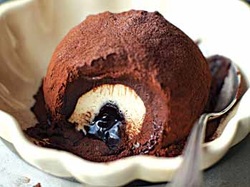 Tartufo Tartufo translates as "truffle" and is hand sculpted to look like a very large one. It is made with two flavors of ice cream and typically has either fruit syrup or frozen fruit—typically raspberry, strawberry or cherry--in the middle. This frozen dessert originates from Pizzo, Calabria. Chocolate is melted poured over the ice cream ball after being cooled. The outer coating may also be cinnamon or cocoa--giving a more realistic truffle look--with the bomba shape rolled in cinnamon or cocoa before freezing. There are usually chopped or crushed nuts on top. 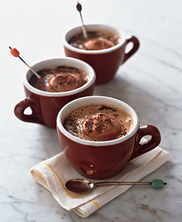 Affogato If you're an espresso lover, try an affogato (Italian, drowned). Basically, it's a scoop of vanilla gelato drowned with a shot of hot espresso. Some variations also include a shot of amaretto or other liqueur. 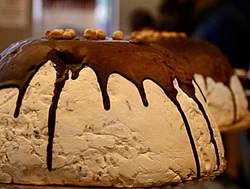 Zuccotto Zuccotto is an Italian dessert with origins in Florence. Zuccotto is a semi-frozen, chilled dessert made with semifreddo, brandy, and spongecake and often flavored with espresso--essentially, it's an ice cream bombe. The word Zuccotto is a joining of two words.... zucca (pumpkin) and cotto (cooked). Some think it's a corruption of zucetto (skullcap), which happens to the the shape of this cold treat. It can be frozen, then thawed before serving. This dessert is traditionally made in a special pumpkin-shaped mold. In the end, there are always alimentari, bar-tabacchi and gelato trucks that will have basic flavors of gelati and an offering of Cornetto cones and other ice cream pops in their freezer display case. There are more than enough ways to cool down when you visit la Bella Italia. But just remember, if you get brain freeze and get too chilly, there's always a puffy jacket with your name on it.... That's when you really know that you've become a local. --Jerry Finzi If you enjoyed this article, please SHARE it and LIKE it on your favorite social media site. Ciao! We also have pages on: Google+ Copyright, 2015-2019, Jerry Finzi/GrandVoyageItaly.com - All rights reserved 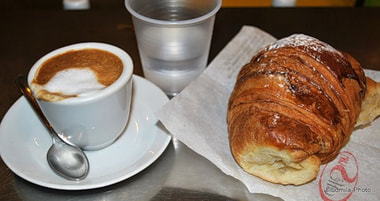 A typical Italian breakfast A typical Italian breakfast Just how did this riposo thing get started in Italy (and other Mediterranean countries)? Many attribute it to the heat in the middle of the day--which can get extreme in summer--combined with the typically heavy meals eaten as lunch in the Mediterranean diet. Simply put, people get drowsy after a big meal. Italians supposedly are embracing this biological fact as part of their natural clock... napping when their body says to nap, whereas Americans are out of tune with their natural rhythms. When you speak to Italians and understand their lifestyle you get a clearer picture of what is going on. First of all, most have a colazione (breakfast) either at home or at a bar on the way to work. Espresso and sweet cakes. Sugar and caffeine. They have coffee breaks too. The typical worker will go out to a "bar" for for both breakfast and their coffee break. It's a social thing that Italians can't live without, and shouldn't. It's part of their culture. Italians tend to eat these light breakfasts (and some going without) but recoup with a larger lunch than other cultures. One of the most surprising--and often frustrating--things voyagers to Italy discover is the long midday rest period (similar to the siesta in Spain). It northern Italy this period is called riposo or la pausa, and in the south is called pennichella or pisolino. Riposo means to rest, pausa to pause or take a break. What will surprise (and possibly inconvenience) Americans is that most shops and workers close and go home to for il pranzo (lunch), typically, the largest meal of the day. This closure can include restaurants, clothing stores, gift shops, grocery stores (alimentari), banks, pharmacies and even some post offices. Often a business closes at noon or 1pm and doesn't open again until 3-3:30pm or later. Small towns can look like ghost towns during riposa. Unlike in the U.S., Italians don't rotate their staff during riposa. The shop simply closes. American business logic would leave at least one employee in the shop while another takes his lunch, rotating their shifts. In Italy this isn't even considered. Voyagers need to be ready for this. Even places you'd think wouldn't--or shouldn't--close up tight for a few hours, like car rental offices. In Italy, car rental offices in Italy are merely brokers, who pay a fee to use the logos of larger companies. They are mostly local and very independent. They are often staffed by at most 2-3 people, with all closing up for riposa. In small towns you'll even see the local Polizia station closed for riposa. I experienced lunchtime closures while living in France years ago, but the French only take from 1-1/2 to 2 hours for lunch. In small towns throughout Italy, riposa might even last until 4 or 5pm. Restaurants might not open again until 6-8pm. In Italy, the average workweek comes in at only 36 hours with the maximum set at 40 hours. Overtime isn't permitted to go over 48 hours. Every worker gets 4 weeks paid holiday during August's ferragosto vacation period, as well as 12 national holidays. These are government standards. Indeed, workers are used to a very different pace in Italy. Voyagers need to adjust to this important difference. My issue is when the long riposo closures affect tourist oriented businesses in towns that normally attract tourists. Italians are rightly proud of their beautiful towns and cultural treasures and promote them for tourism, which makes up 13% of the Italian economy. If Italians want the tourist trade, then it seems they might stagger staff and keep things like restaurants, banks and other similar businesses open in these tourist towns. Luckily, more and more supermercarti (supermarkets) are open all day. Local, open-air markets are usually open early in the morning until an hour or so before lunch, but that's only if the town has a market day scheduled. You will see signs listing market times in local piazzi (town squares) for each town that has such markets. Market days are different from town to town. When in a particular town, you can try typing "(townname) mercati comunale alimentare" into Google Maps. This will help find local public food markets along with the days and hours they are open. Some travel bloggers will suggest visiting churches and museums during lunchtime--a bit difficult when traveling with an 11 year old boy who naturally turns into a grumpy, hungry beast at midday. We got into the habit of making sure we always had fixings for an impromptu lunch in our car. We also found that for some reason or other, gelateria throughout Italy are almost always open during lunchtime--Lord knows why. So, gelato and cold drinks became our early lunches on some days, picnics were the norm on most others. The exception to this is when visiting large cities like Rome or Florence. There are so many tourists there that many shopkeepers and restaurants have learned the tourist lunchtime trade is their busiest time of the day--so they remain open during riposa. But beware in the rest of Italy! I can't tell you how many times we came out of a morning's visit to a museum or other tourist site and couldn't find any place to sit and have lunch. The Lunchtime Saviors: Bars Virtually every place displaying the sign "Bar" in Italy is actually a place to get a very good breakfast or lunch. They are used by locals to buy espresso and sweet breads or cakes in the morning, but at lunchtime they offer snacks, panini (sandwiches), focaccia and other things that will satisfy anyone for lunch. How'd this little fact get past us? Perhaps because we were traveling with an 11 year old and like most Americans, have an aversion of dragging our son into a "bar". I assure you, in Italy the local bar is a very family friendly place to have an espresso, cold drink, snack or a bite to eat. Keep in mind that if you want to sit at a table and eat your food, you might get charged a little extra for sitting at a table and not standing at the bar or da portare via (for takeout). Also, bars don't usually have a menu or prepare the food "to order", but instead you select whatever they have in their showcases. It would be prudent for "bars" in Italy to promote the fact that they aren't a dark, seedy place for people chug-a-lugging beer, whiskey and wine, they way a typical American normally thinks of a "bar". It perhaps looks odd to the American eye to see a "bar" crowded with people in the morning, not knowing they are simply having their morning espresso, cornetto and exchanging some gossip with their neighbors. We suggest that the Italian Tourist Board offer signs to bars all across Italy saying "Breakfast & Lunch" in English for areas frequented by tourists. 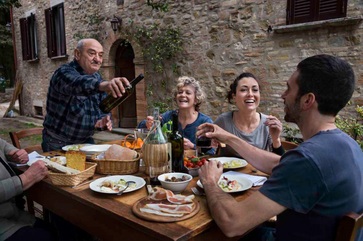 Pranzo con la famiglia Pranzo con la famiglia To stay healthy, most health experts say, "Eat breakfast like a king, lunch like a prince and dinner like a pauper and you'll stay healthy." The Italians do the reverse. They either have no breakfast or have a sweet pastry with a cappuccino (only in the AM!) and have their largest meal during riposo. They could have a bigger breakfast that includes some protein (ham, eggs, etc.) some fat (butter, olive oil) and perhaps have a nice salad for lunch. But Italians aren't really into salads--and when they do have an insalata they don't use salad dressings... only oil and vinegar, and of course, they would never think of adding chicken or ham or cheese to an insalata even if it might add some protein. Because of their big lunch, they might also nap a bit during riposa. Traditionally, lunch (pranzo) is considered the main meal of the day (dinners are lighter). Pranzo starts with antipasti (appetizers), followed by a primo (first dish) which is normally pasta or risotto, and a secondo (second dish) which is normally a meat dish. These dishes are accompanied by one or more contorni, which are either a salad or a vegetable dish such as cooked spinach sautéed in olive oil, peppers and garlic. The whole meal is often washed down by a bottle of wine. Lunch is a relaxed time and is enjoyed by the whole family in small towns across Italy. In fact, middle and high school children are finished with school before the hours of riposa, so they can come home and have lunch with their family or are fed by their nonna. They also have a pausa during mid morning where they have a little panino or cheese and fruit as a snack. Younger children have a healthy lunch provided by the school and stay a bit longer. Young men--unless they work in a big city away from their family--typically live with Mama until they get married. Mama does all the cooking for them, unless like many men in Italy, are fine cooks themselves. Consider them lucky to be fed by Mama or Nonna when they go home for riposa. Obviously, this is a much more humane, relaxed, family-oriented culture. Of course, this brings us to dinner time. Don't even think of looking for a restaurant open and ready to serve dinner before 7 - 8pm. The further south you travel in Italy, the later people eat dinner. I remember before I lived in France, I had dinner at around 5:30pm. When I returned home, I started having dinners on European time... around 7:30. Our family still has dinner about an hour and a half later than most Americans. Italians are also in the habit of having an aperitivo starting at around 5-6pm, and in Northern Italy, the drinks are accompanied by small bites of various foods. They might not eat dinner at all, or have a light dinner at a restaurant or home after 8pm. The hours of restaurants reflect this cultural difference and open later than Americans are used to. In some southern towns, we rarely found restaurants open for dinner earlier than 8pm. For Italians, time isn't as rigid as for Americans. The opening hours listed for shops should be considered merely suggestions. These times are very loosey-goosey. If a shop lists its hours as 8-7 pm, you might not see the shop open until 9:30am. Here are some words that you might see on signs posting operational hours: giorni feriali Weekdays (literally, working days) settimanale Weekly quotidiano Daily ogni ora Hourly By the way, if you see an icon on these signs (and some street parking signs) that looks like a crossed hammer and sickle, it's not a symbol for communism, it simply refers to "workdays", meaning Monday through Saturday. If you see giorni festivi, simply festivi, or a tiny cross, that means Sundays and religious holidays (there are many that Italians close for... remember, it's a Catholic country... all religious holidays are National holidays even though less and less young Italians describe themselves as practicing Catholics). If you see a sign saying chiuso per ferie, it means closed for the holiday. The "holiday" in August means 4 weeks--for most of Italian workers. Shops close up and whole families go to beach resorts or camping. If you see chiuso per lutto, this means they are closed for mourning. Most shops are closed on Sundays whether they go to church or stay at home watching the soccer matches. A Commentary and Suggestions We need to understand this wonderful culture. I understand how Italians think of time as a flowing river and not a commodity to spend nor save. I understand about the midday heat--it's a very hot and humid country. In the past when agriculture was the major part of most Italians lives, it was respectful of nature and biological rhythms to rest in the middle of the day rather than waste a body's resources to the heat of the day. But this is a modern Italy. There is air conditioning--that actually works! (In fact, we recently installed the same type of air conditioning units as in Italy, which are efficient and effective!) Italians have the beauty and history of Italy to grow the their economy--through tourism. Consider that tourists from other countries have certain expectations, even those visiting to explore your wonderful lifestyle. There might be a certain degree of lost jobs profits in your riposa--but I am speaking only of areas where tourism is a mainstay of your local economy. There is a way to embrace your culture while growing your nation and moving forward to the benefit of all Italians. The World Travel & Tourism Council says that tourism brings in over $203 billion a year for Italy, an impact larger than that of the communication services, chemicals manufacturing, automotive manufacturing, higher education, and mining industries. My advice to Italians: Keep your shops and restaurants open during the day in tourism dependent areas. Embrace the idea of employees taking turns with their lunch breaks. Find ways to truly serve the tourists that are bringing so much wealth to your country without expecting them to just put up with lack of comfort or proper services just because that's the status quo. On another touchy subject: Ensure that public rest room facilities and trains have fixtures that are as functional and beautiful as your homes and the apartments we rented. Make certain they are well stocked with toilet paper--and toilet seats. To be honest, some public toilets were simply shameful. And please put an end to the squat-down, so called "Turkish toilet". Please? It's not great for handicapped or the aged among us. As for restaurants, we want to experience your cuisine--not fast food chains. Support the Slow Food efforts in your country and your local restaurateurs by helping them realize that by staying open during hours when visitors to Italy are used to eating, that will only help your economy. I'm not saying to change your entire way of life... just adapt to your main market--tourists. I write this with tutto dovuto rispetto, and with a goal to share your wonderful culture with as many voyagers as possible. --Jerry Finzi You can also follow Grand Voyage Italy on: Copyright 2021 - Jerry Finzi - All Rights Reserved
How to Flirt like an Italian The Sexy Style of Older Italian Men History: Italians Coming to America Expat Nicky Positano's Amazing Vlogs How the Tomato |
Categories
All
Archive
June 2024
|


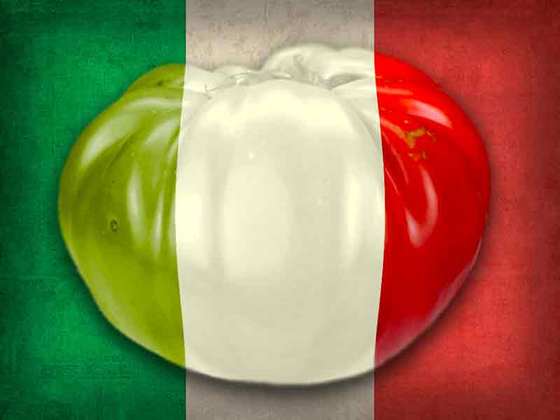
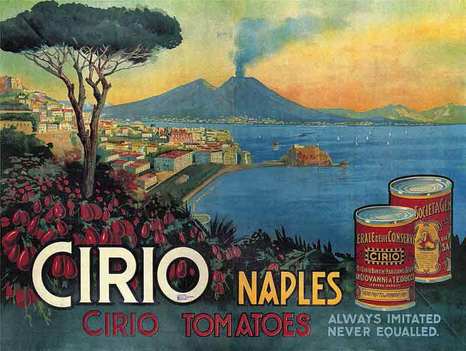









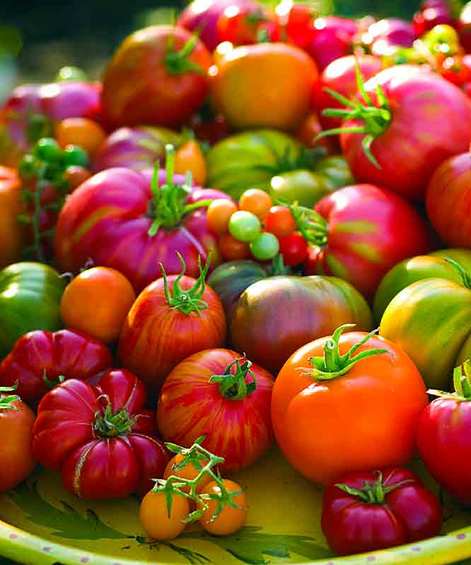
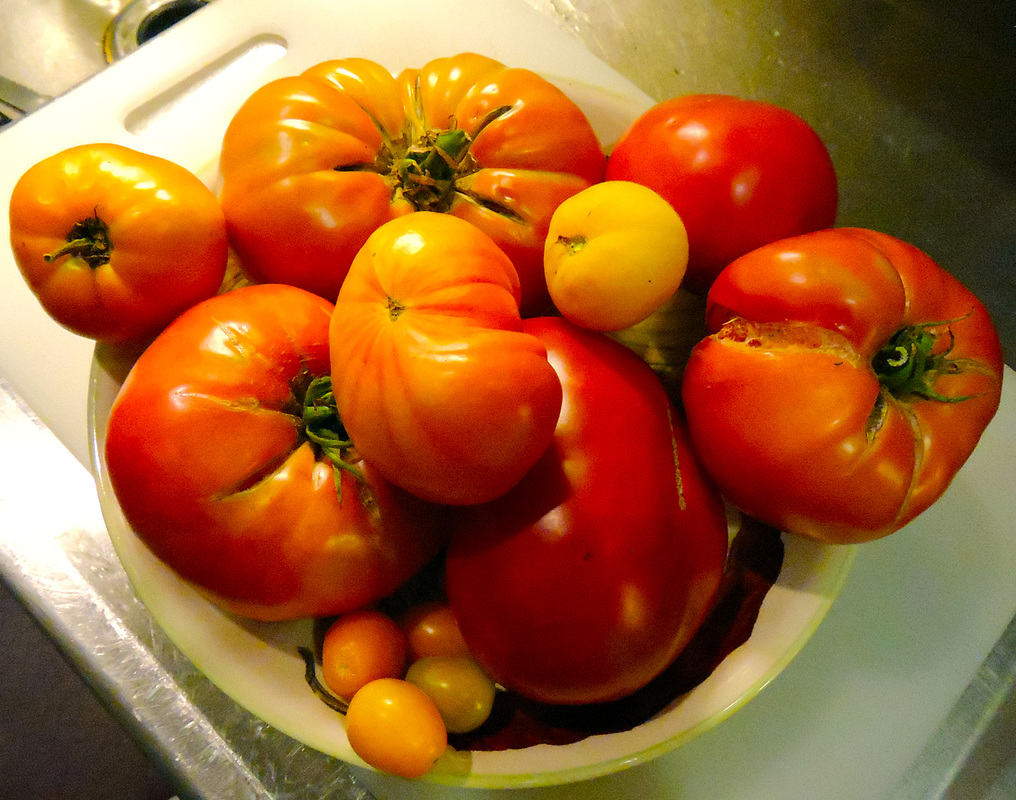
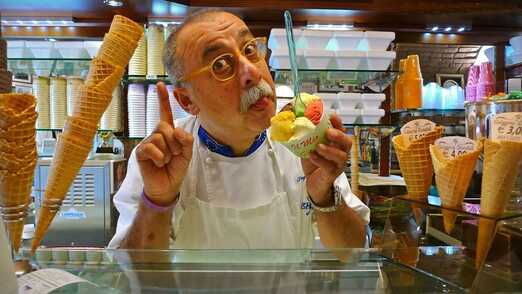
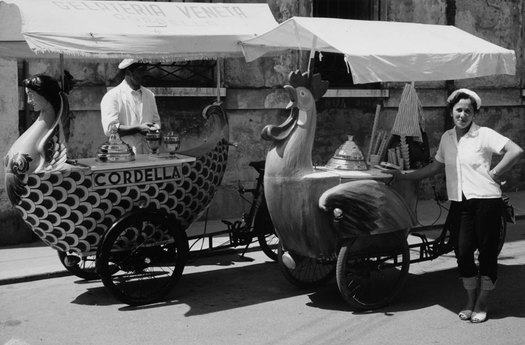
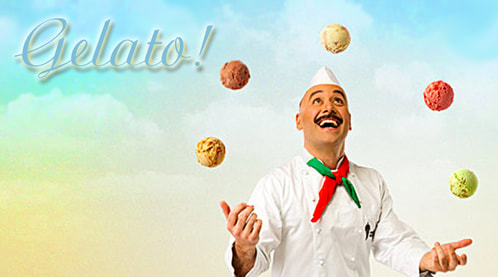
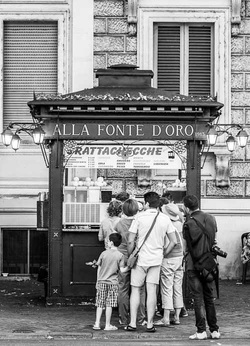
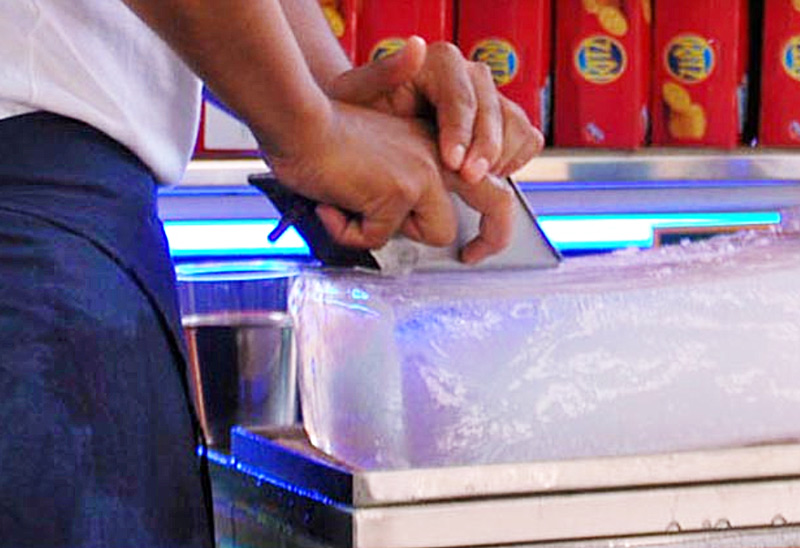
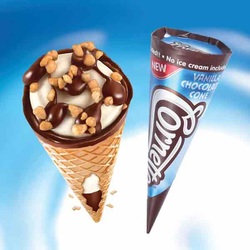
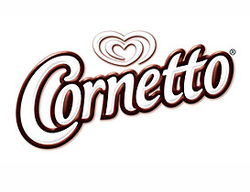
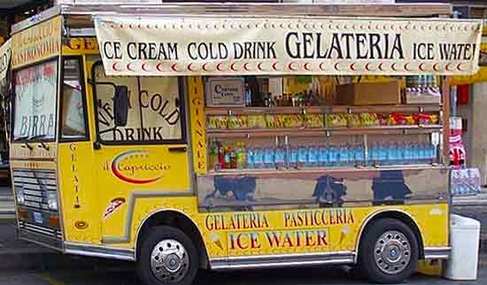
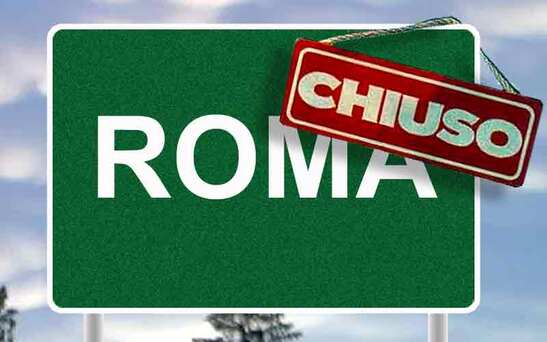


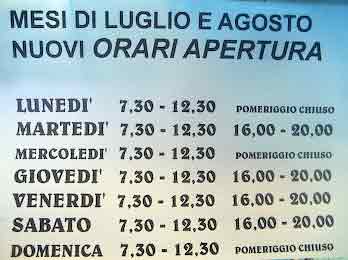
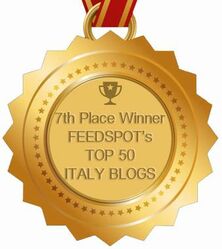
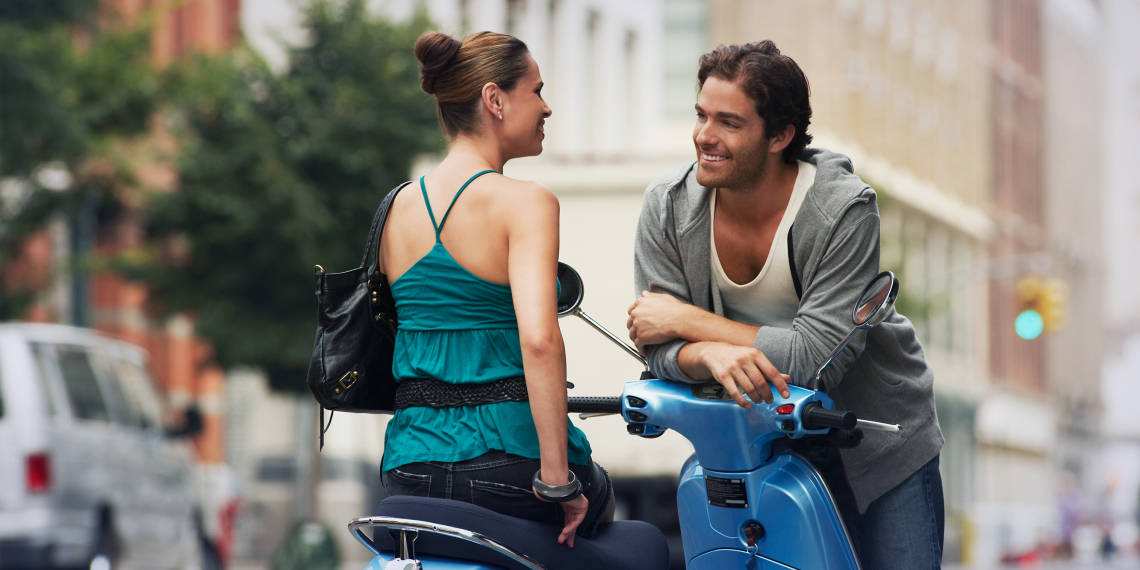
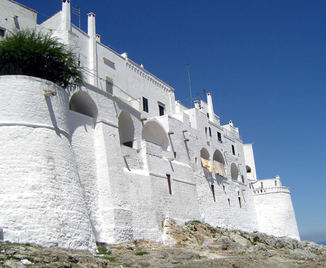
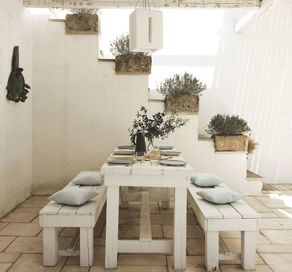
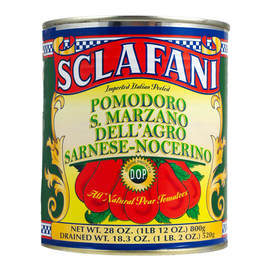
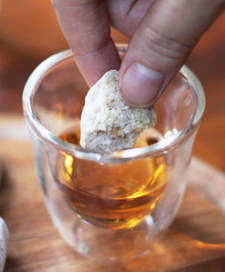
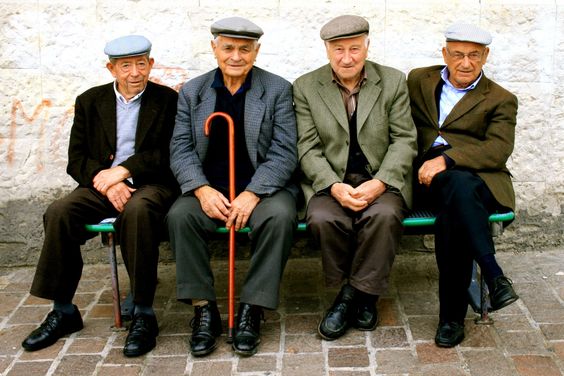
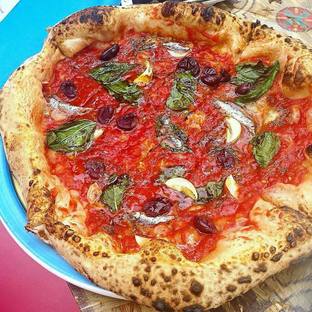
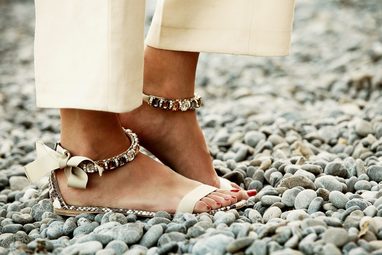
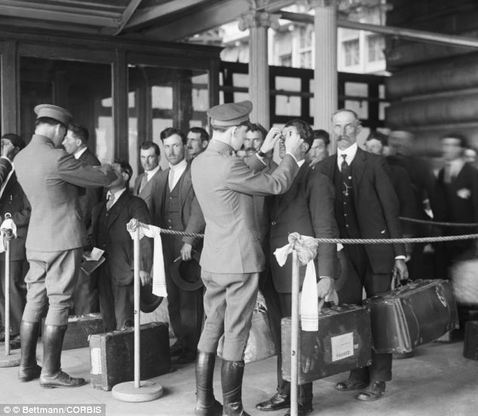
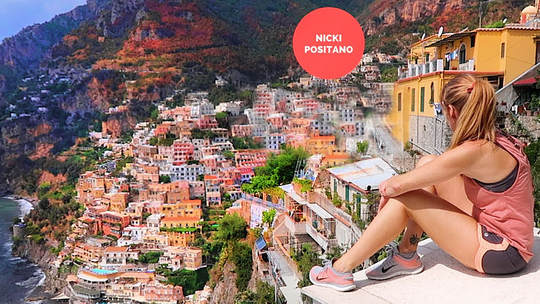
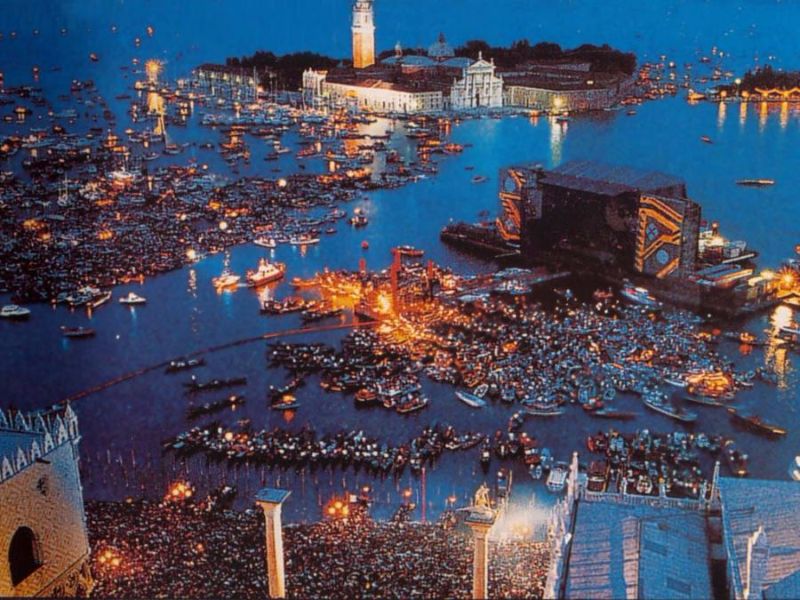
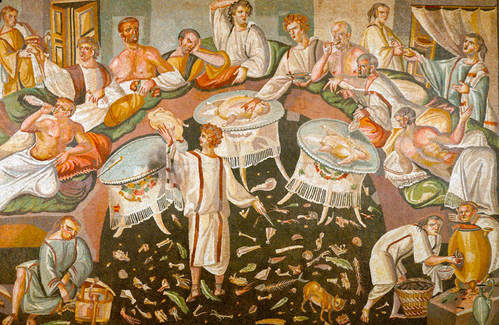
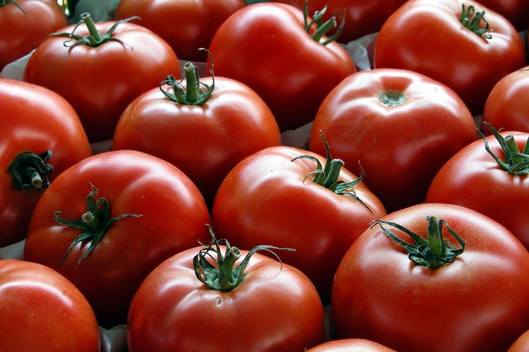


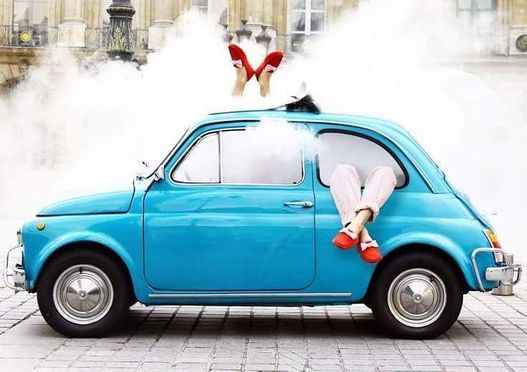
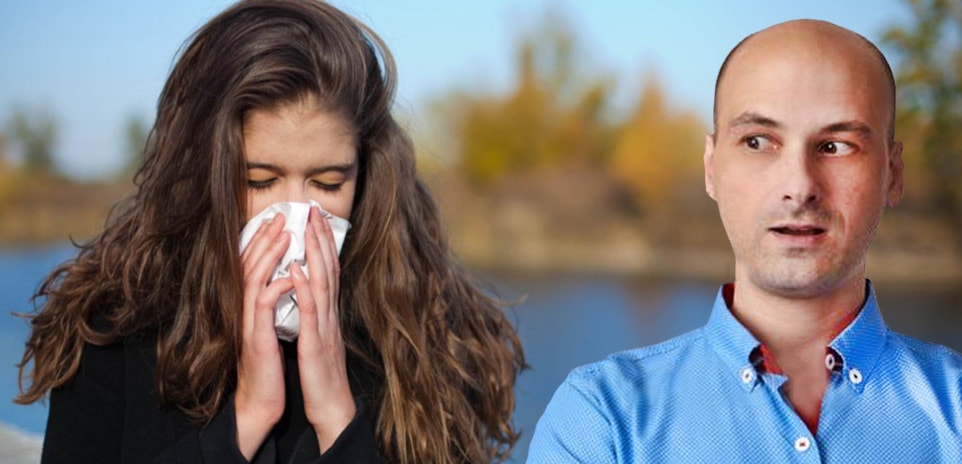
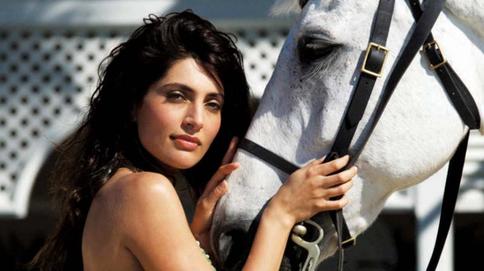


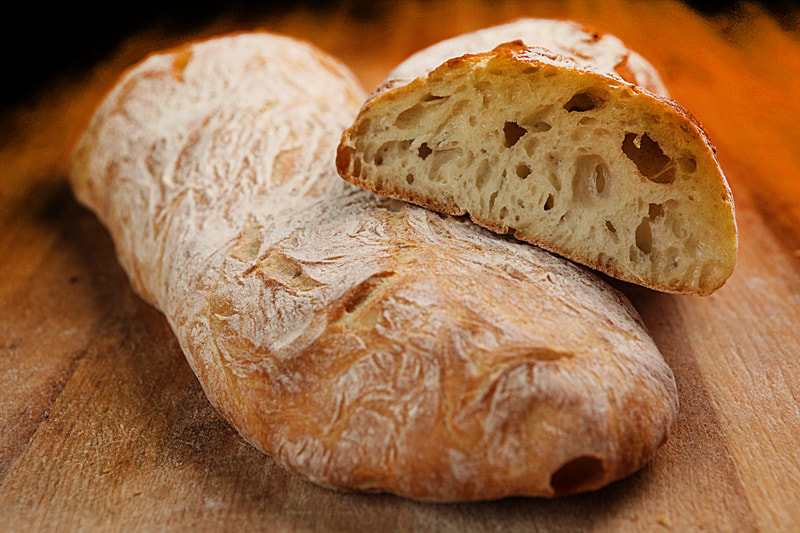
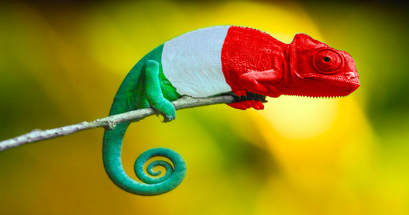
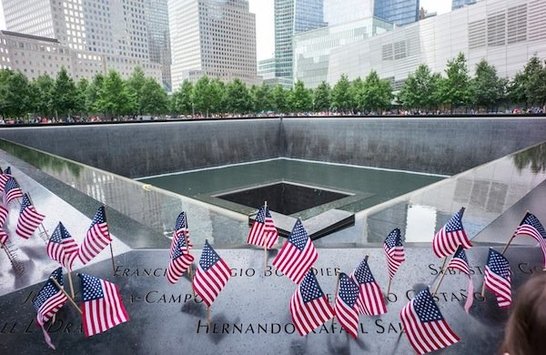
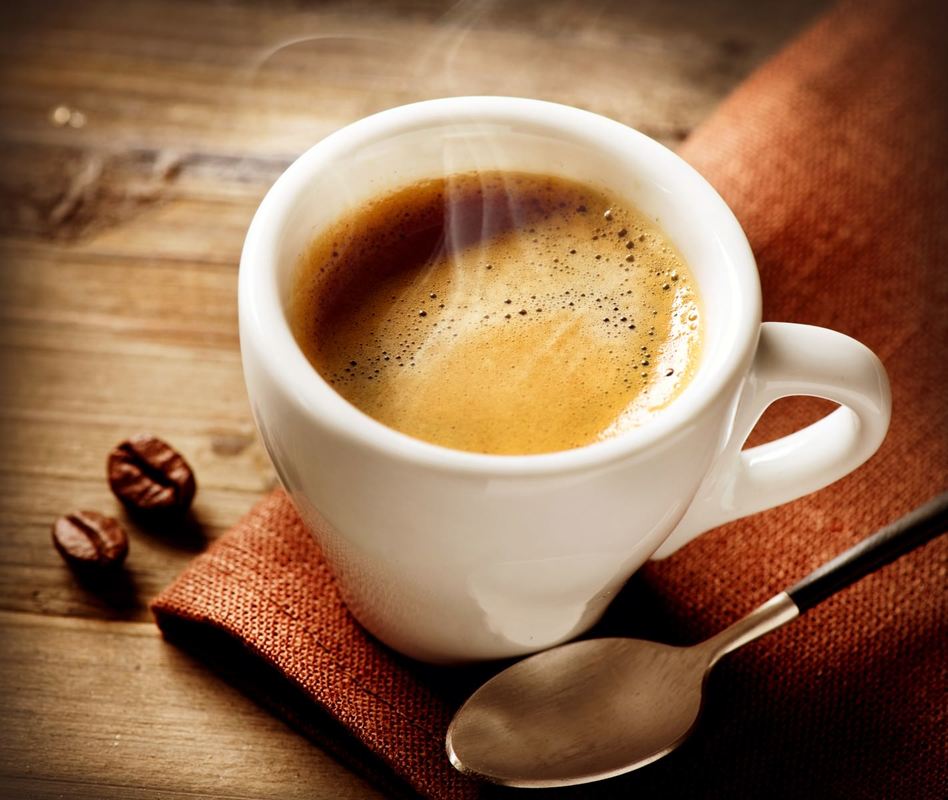

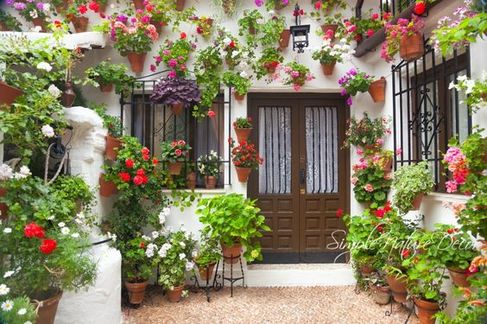
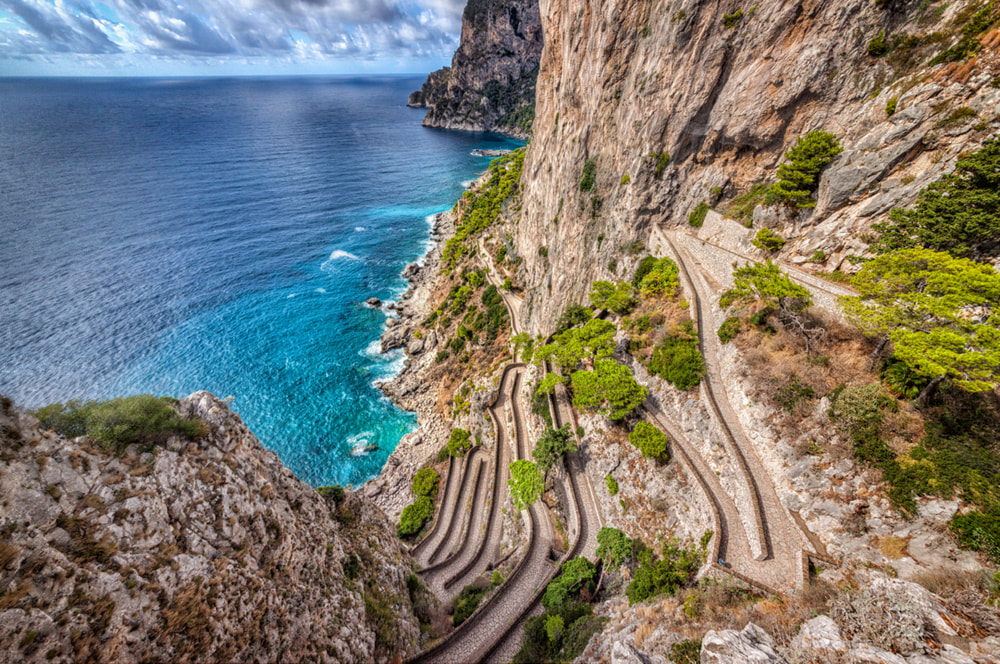
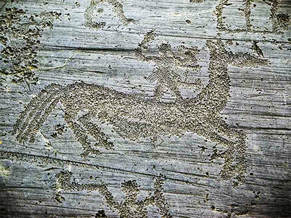
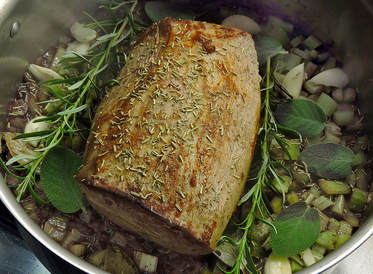
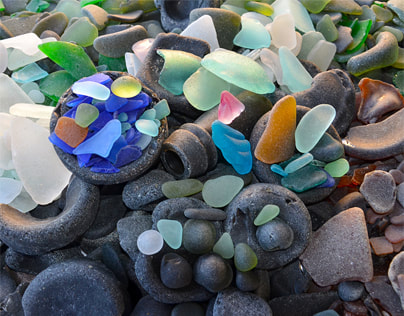
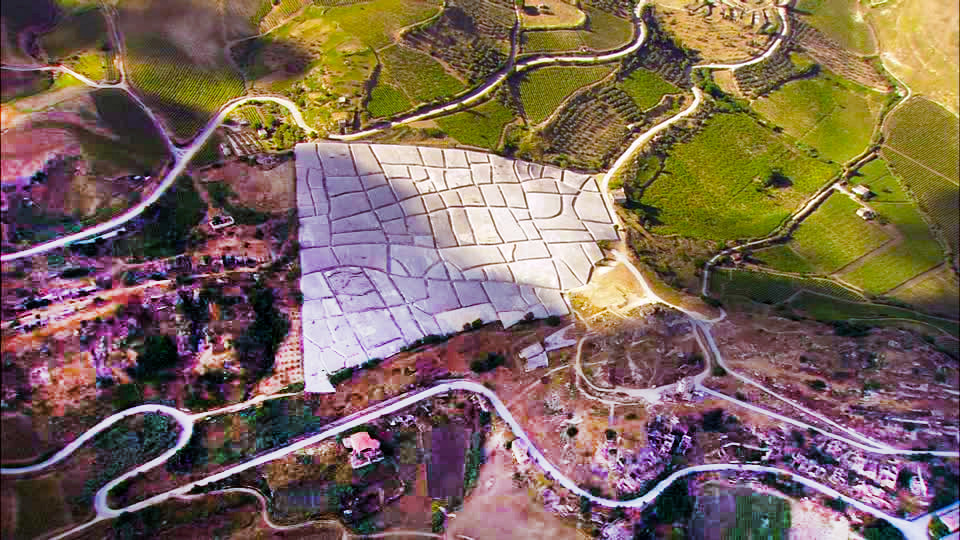
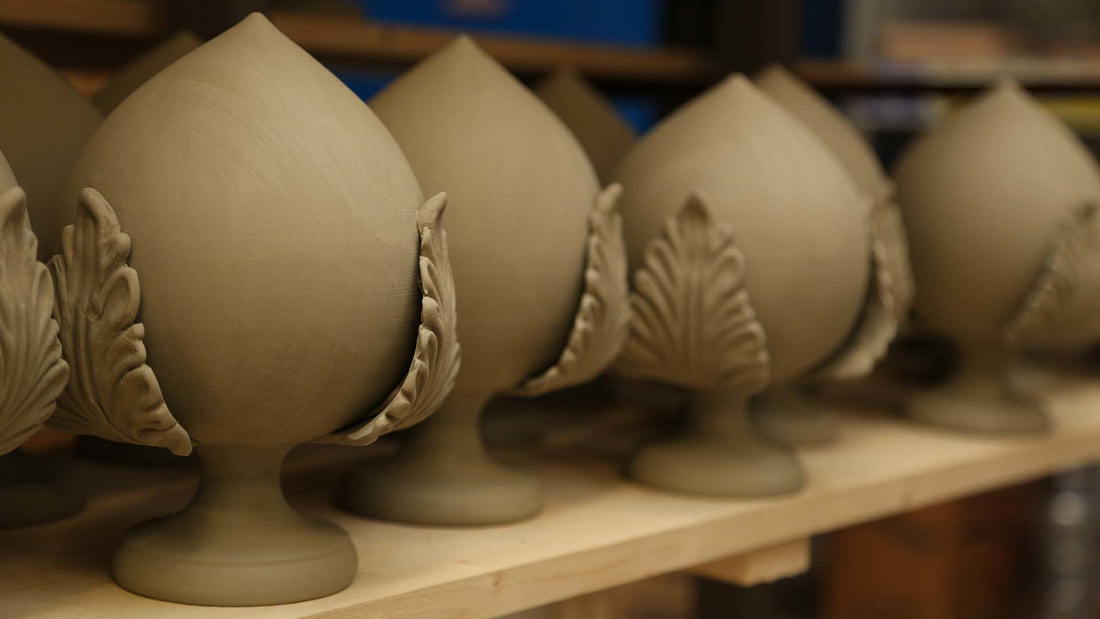
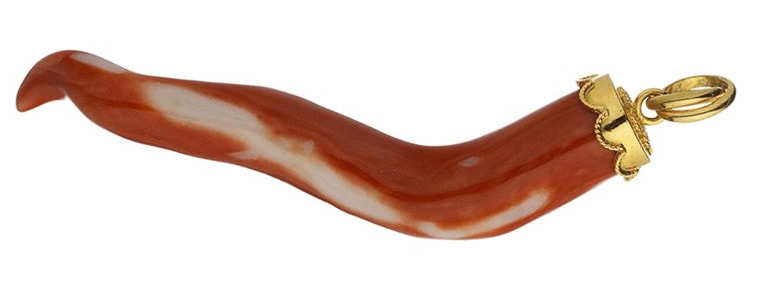
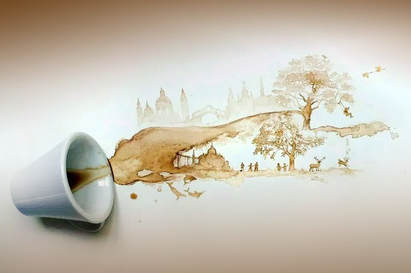
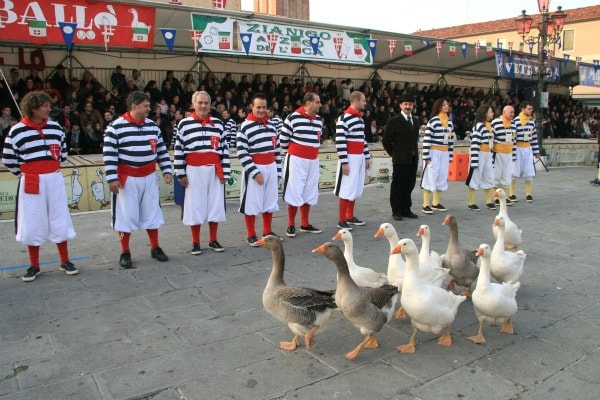
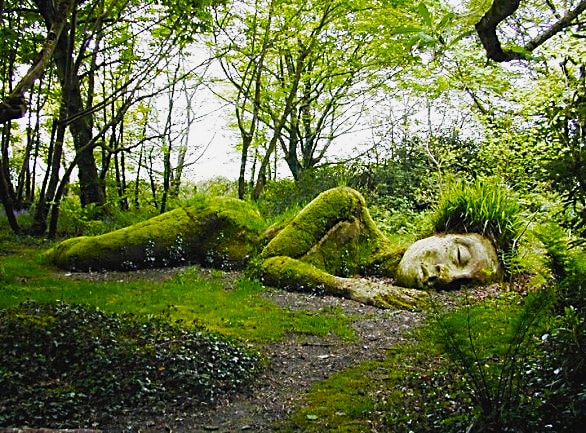
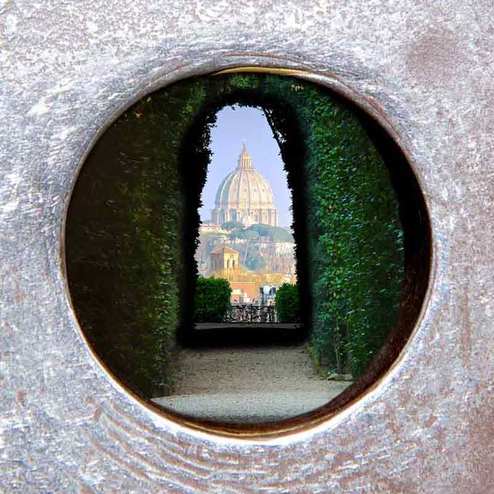
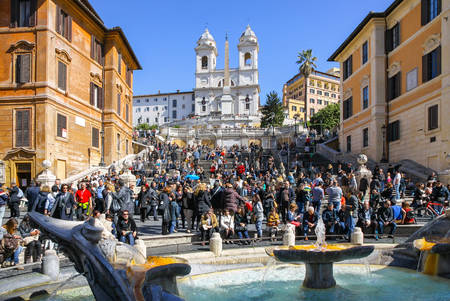
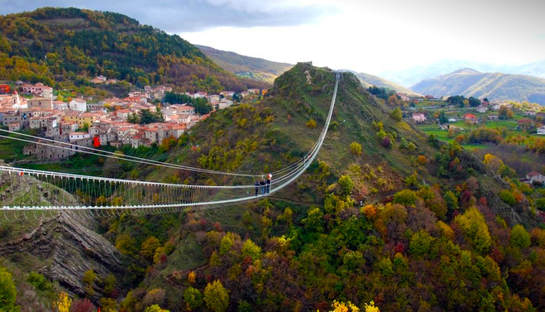
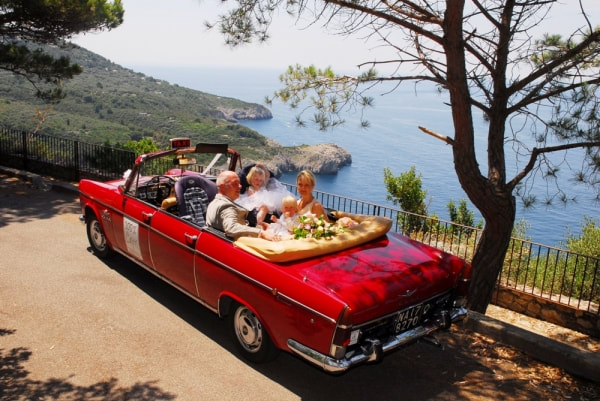
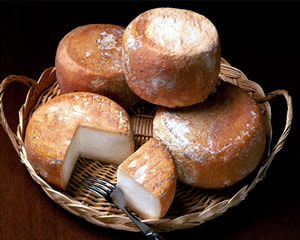




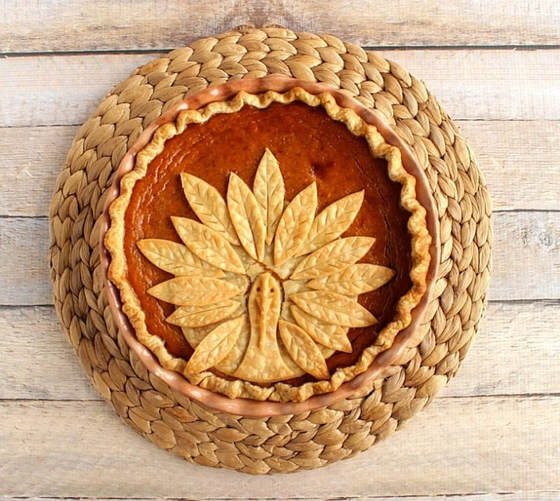
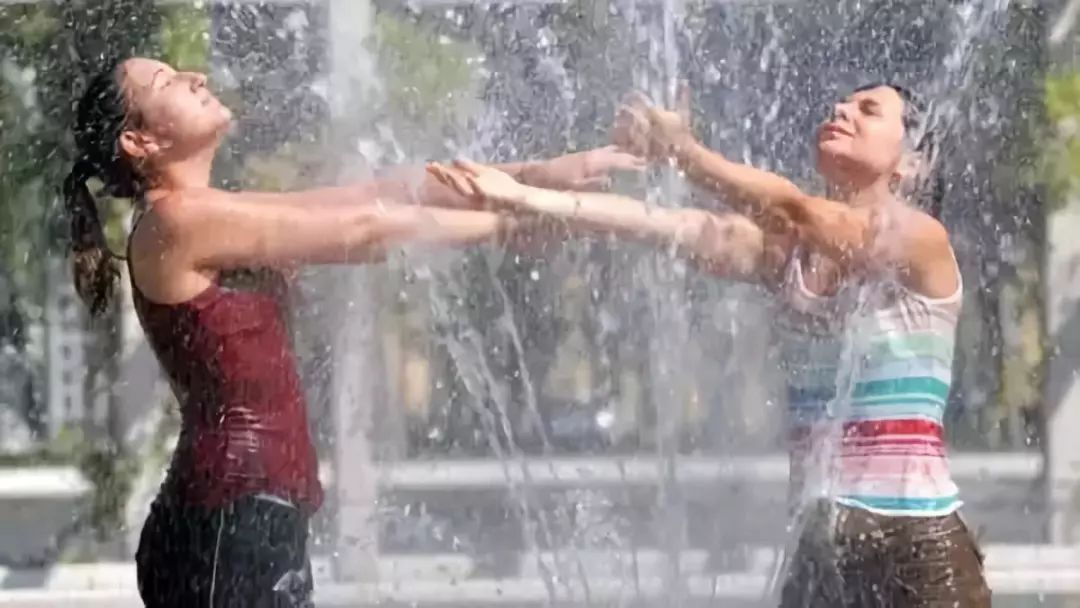

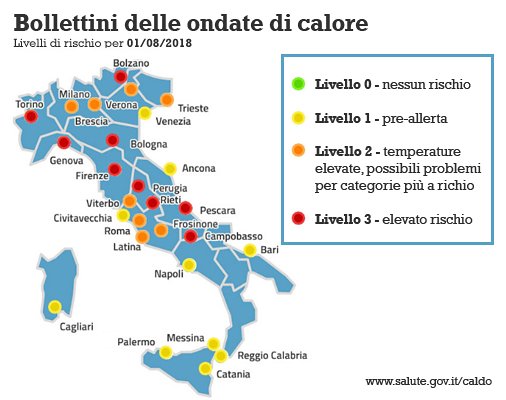
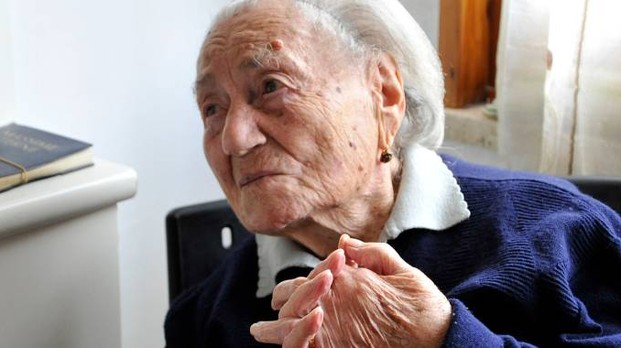
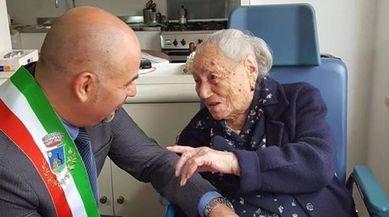


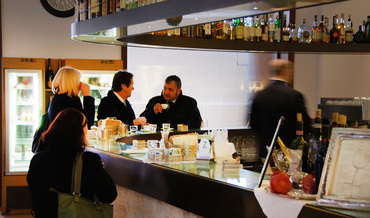



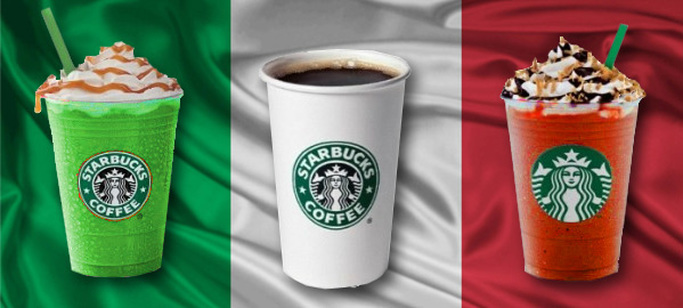
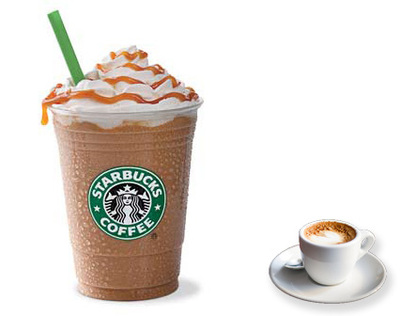
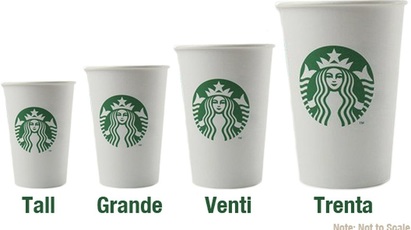
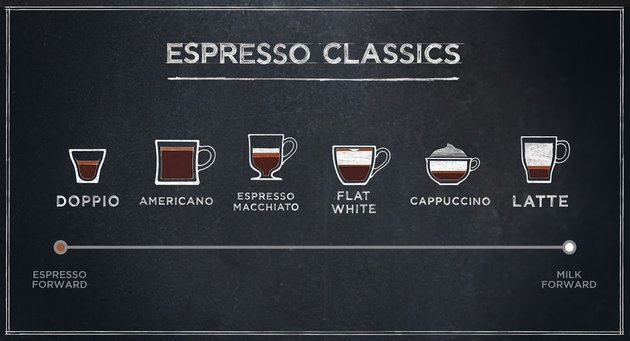

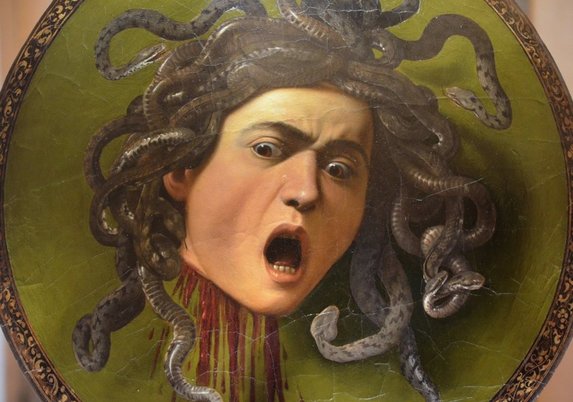
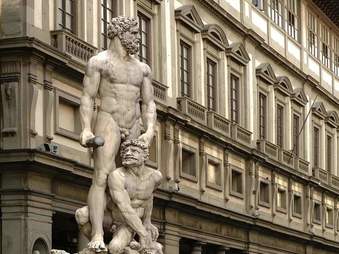
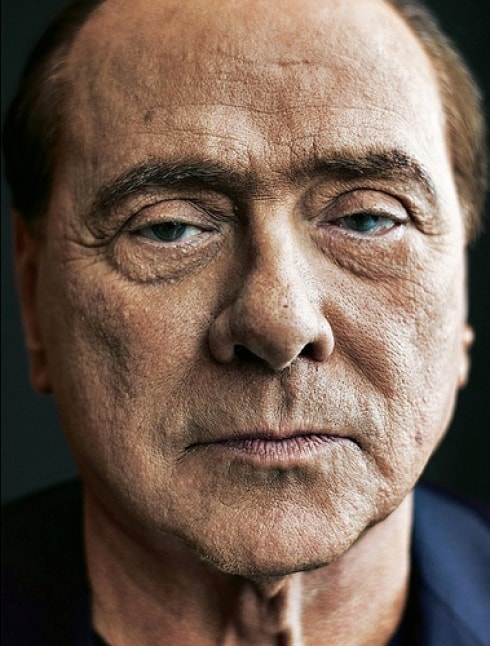
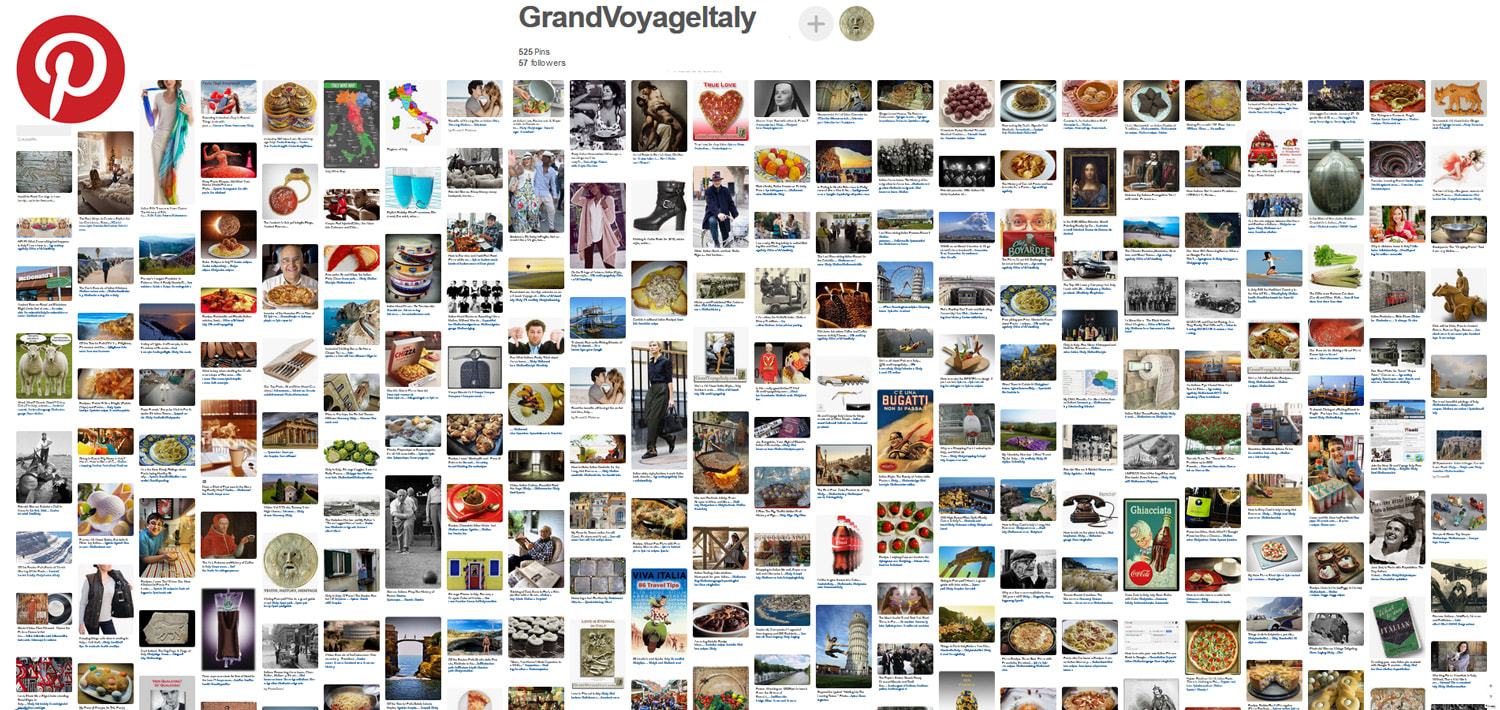
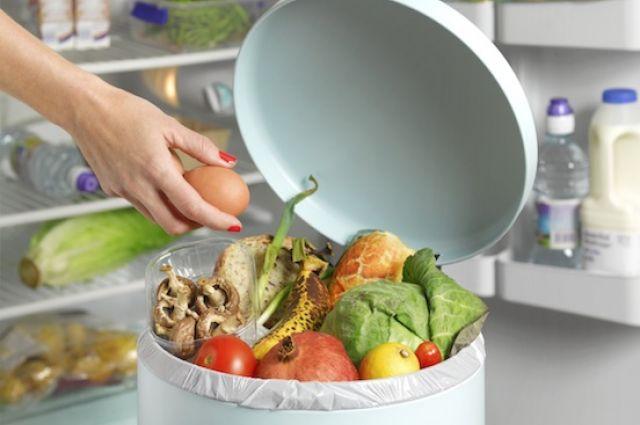
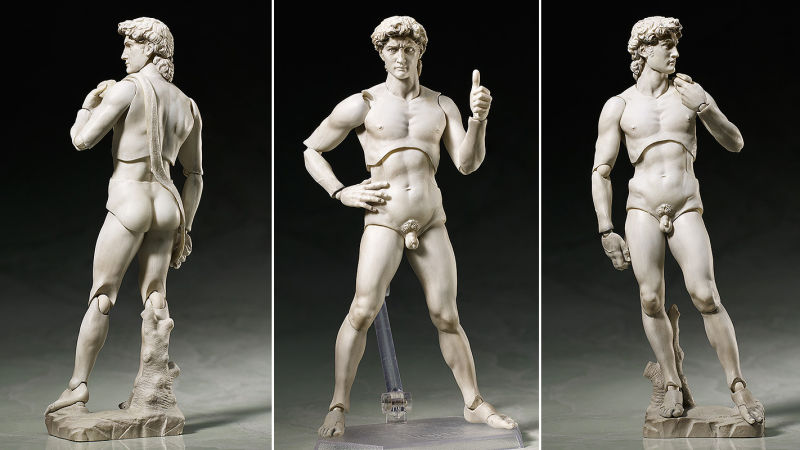



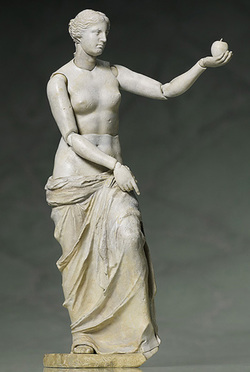
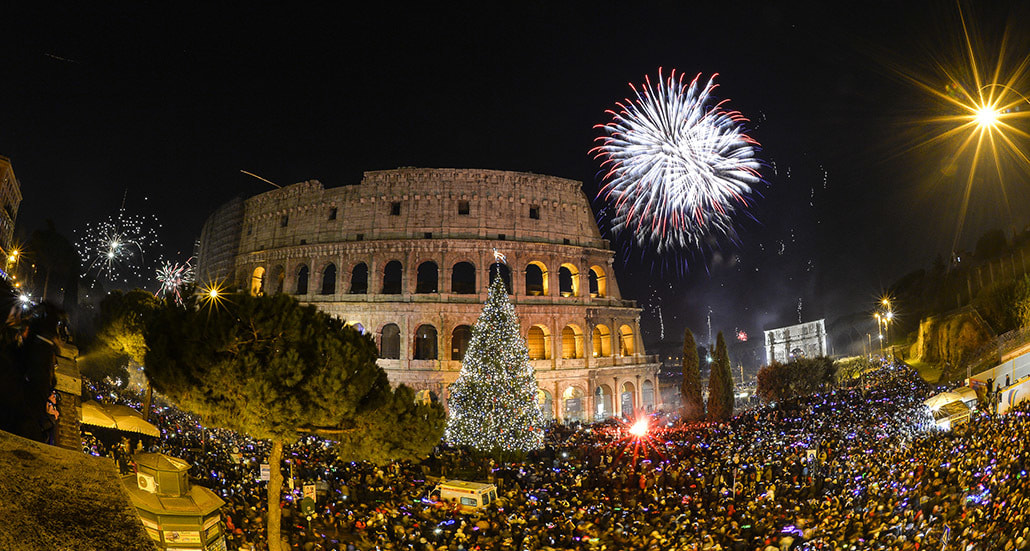
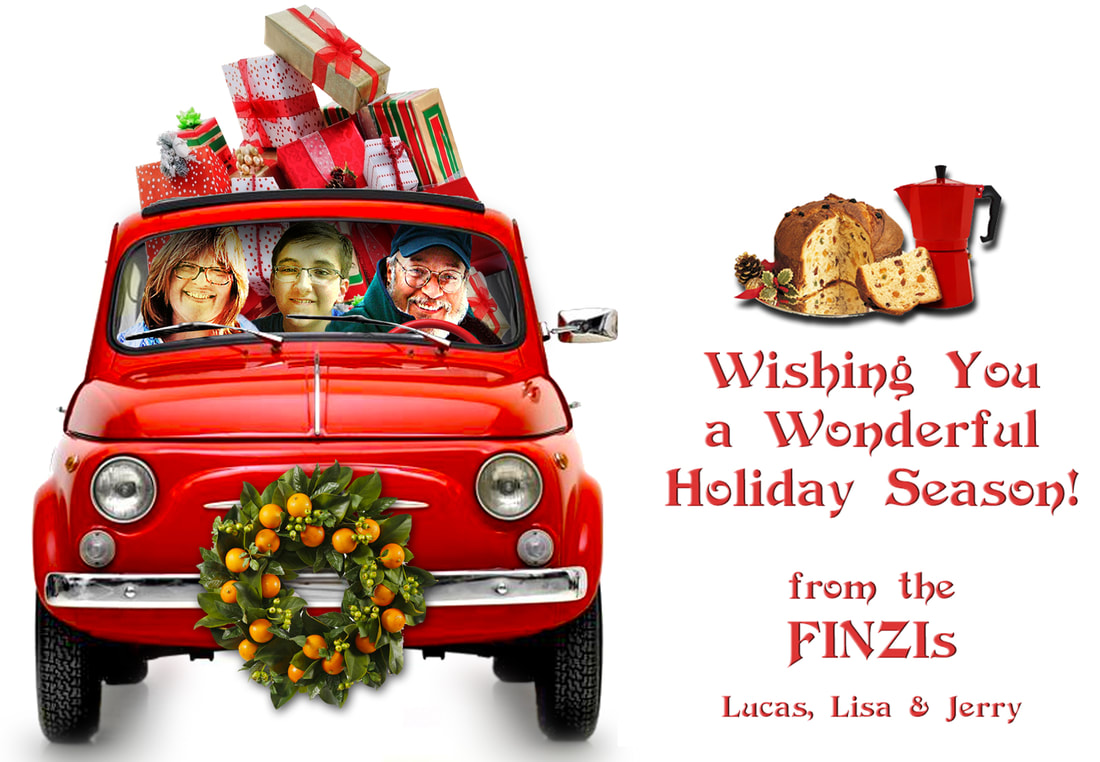
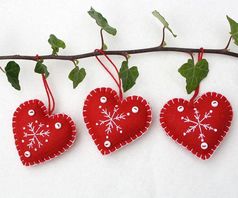
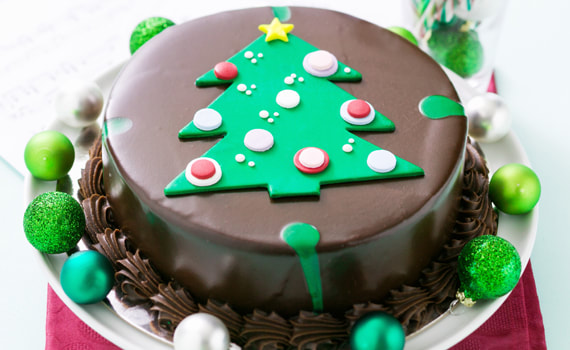
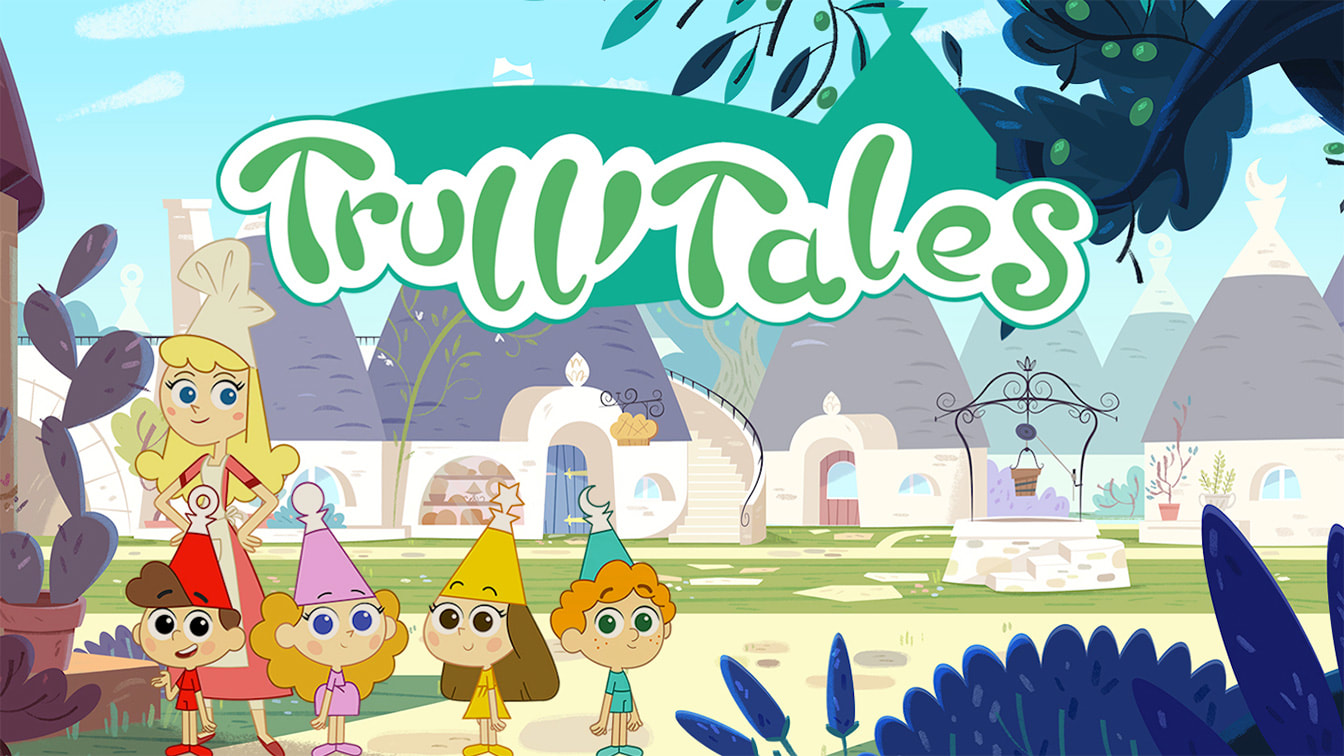







 RSS Feed
RSS Feed
